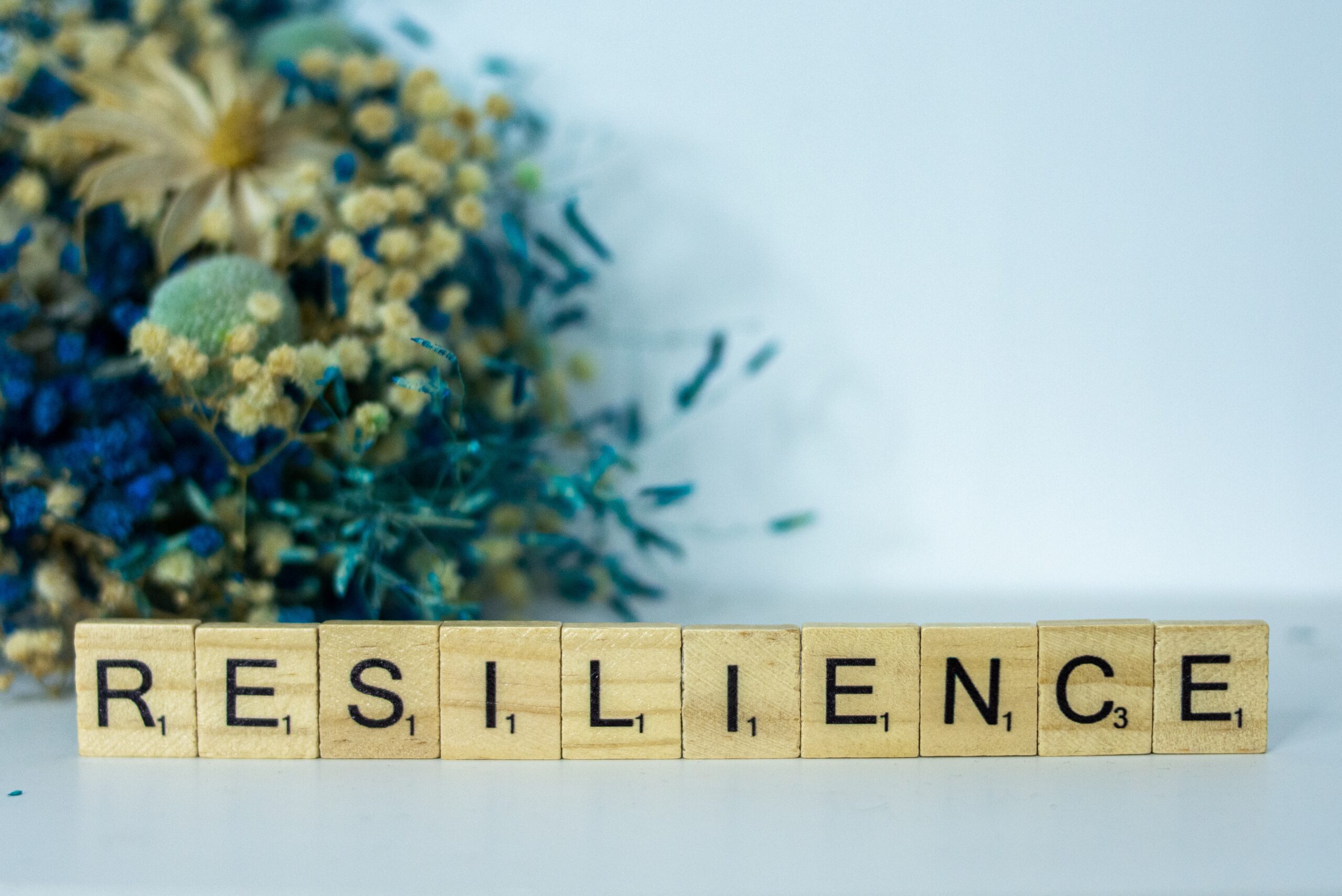
11th August 2022
Future of work: How can leaders foster resilience in their teams?

The world of work is in a state of perpetual change, and many organizations are having to become more dynamic in the way they operate in order to survive the post pandemic economy.
But for many employees, change is uncomfortable, and constant change can negatively impact performance, wellbeing and the employee experience.
And although the fear of the unknown can be anxiety inducing, when employees are supported, change offers the opportunity for personal and professional growth.
So as we head towards further uncertainty with an impending recession, escalating global conflicts and a pandemic that just won’t go away, what can leaders do to nurture resilience within their teams and prepare employees for the challenges that lay ahead?
Read this brilliant article by Martine Bolton, to find out.
From the article:
Making change easier for your employees
1. Have a clear vision
This should be well-defined, compelling and describe the desired future or direction of the business or organisation. There has probably never been a better time to re-imagine the future than now, and existing vision statements may need some updating.
2. Communication
Sharing the vision, along with a route-map for getting there and the all-important ‘whys’ for the change, is really important. This includes giving people the opportunity to question, challenge and make suggestions.
Consistency in communication is also important, so that even when there’s nothing new to share, this is communicated so that people aren’t left wondering (and worrying).
3. Competence
Change often involves upskilling and reskilling. Learning new skills and technologies can be stressful and difficult, and can cause confidence and self-esteem to wobble – particularly (though not exclusively) in older employees, who can sometimes take a little longer to learn. In order to feel calm and capable (and thus produce better results), people need excellent quality training and coaching.
4. Autonomy
Stress levels rise in proportion to the amount of control we perceive we have over things. A stressed workforce will be less productive, make more mistakes, and experience more sickness than a less-stressed workforce, so it’s helpful to give people as much control over the controllables as is safe and practical to give them.
5. Wellbeing
When change is stressful, employee wellbeing suffers – not just physical health, but mental and emotional health too. Our minds create our emotions, which affect our habits and behaviours, which impact our physical health (and vice versa).
These things are all influenced by what’s happening in our environment, hence we need to pay extra attention to wellbeing in times of change – both our own and other people’s.
6. Connection
Humans need social connection to thrive and flourish. Research shows that connection reduces anxiety and depression, increases happiness, and strengthens the immune system. It also increases productivity. In fact, workplaces that facilitate the bringing together of people (even virtually) – not just for work, but also to socialise, play, eat, communicate and so on – achieve multiple benefits.
7. Self-esteem
Line managers can help build self-esteem just by understanding that people’s confidence can tumble during times of change and reskilling/upskilling. Being careful to offer constructive feedback rather than criticism; appreciating strengths and focusing on positive attributes; trusting people and believing in their capabilities; and offering extra support and coaching for those that need it, all help to uplift self-esteem and improve results.
8. Continuity
This is about keeping some semblance of consistency and continuity going where possible, to help minimise anxiety. Carefully consider, whilst implementing change, what can reasonably remain in place.
People thrive on routine and often talk about the ‘moving of goalposts’ being difficult or frustrating. Hot desking, in particular, can be very distressing for some people – particularly in the early days. What do people get a sense of comfort and security from in your work environment that you can keep in place?
Read the full article, here.
For more articles on Wellbeing, Culture, and Experience & Engagement be sure to visit the Inspiring Workplaces website.
And why not check out some of our on-demand videos from the Inspiring Workplaces Summer Series ’22.
Join our community here, to view for free.

